Name Salvador Ceren | Succeeded by Oscar Ortiz Presidential term June 1, 2014 – Residence Presidential House | |
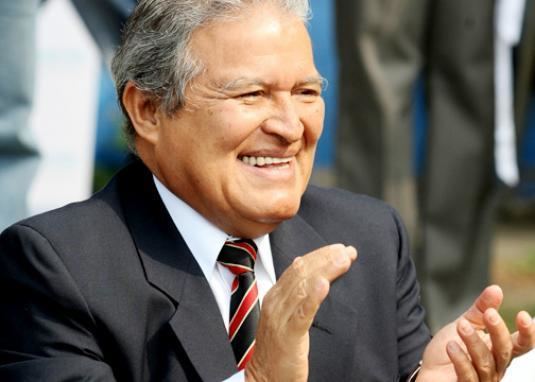 | ||
Born June 18, 1944 (age 81) Quezaltepeque, El Salvador ( 1944-06-18 ) Political party Farabundo Marti National Liberation Front Alma mater Alberto Masferrer Salvadoran University Spouse Margarita Villalta (m. 1968) Party Farabundo Marti National Liberation Front Parents Antonio Alfonso Sanchez, Dolores Rodas Similar People Farabundo Marti, Schafik Handal, Alfredo Cristiani, Joaquin Villalobos, Roberto D\'Aubuisson | ||
Un speeches el salvador president salvador s nchez cer n
Salvador Sánchez Cerén (born 18 June 1944) is the current President of El Salvador. He took office on 1 June 2014, after winning the 2014 presidential election as the candidate of the left-wing Farabundo Martí National Liberation Front (FMLN). He previously served as Vice President from 2009 to 2014. He was also a guerrilla leader in the Civil War and is the first ex-rebel to serve as president.
Contents
- Un speeches el salvador president salvador s nchez cer n
- eleg vos las respuestas de salvador s nchez cer n
- Early life
- Political ideology
- Commander Leonel Gonzlez
- Elected office
- References
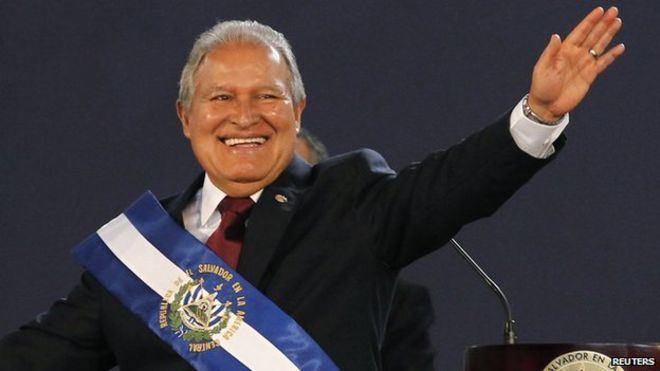
eleg vos las respuestas de salvador s nchez cer n
Early life
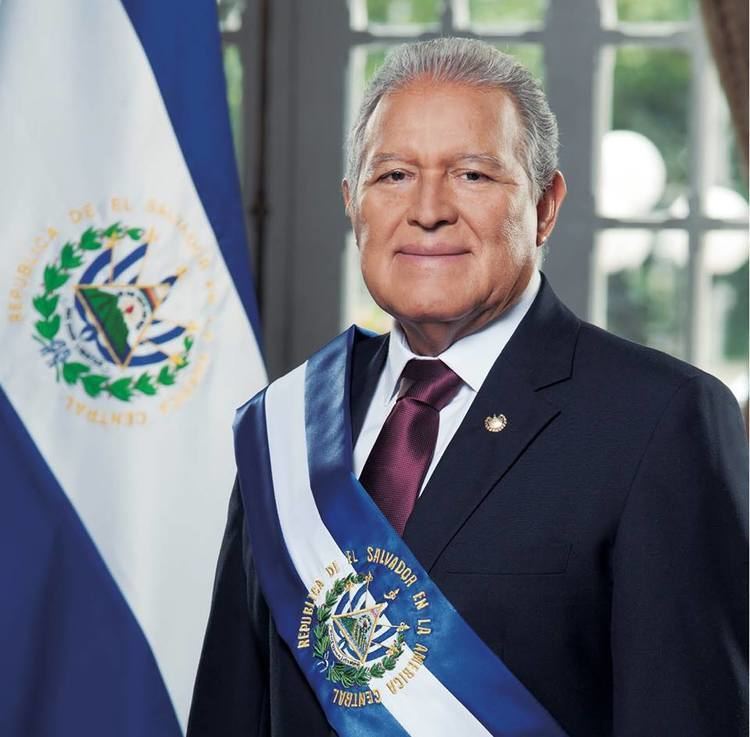
Sánchez Cerén was born in Quezaltepeque in the department of La Libertad, and was the ninth of twelve children, three of his siblings died at young age. His parents struggled to raise nine children. His father, Antonio Alfonso Sánchez, is a carpenter and his mother, Dolores Hernández, is a market seller who worked hard to give their children a better future. Salvador Sánchez Cerén at a young age had to work with his family to help the family survive. At a young age he was exposed to collective work. His working-class background has always characterized Salvador Sánchez Cerén as a man of communal living, anti-free trade, and redistribution of wealth. He attended Escuela de Varones José Dolores La Reynaga for his middle school education. He attended Alberto Masferrer School in San Salvador and it was there where his political consciousness and participation developed. After graduating as a teacher, he taught for ten years in public and rural schools.
Political ideology
His political ideology derives from the various democratic and revolutionary organizations of which he was a member. He became politically active in the late 1960s when he was a student at Alberto Masferrer School, but he was not part of any political organization until he was introduced to the Unified Popular Action Front (FUAR or Frente Unido de Accion Revolucionaria). The FUAR exposed him for the first time to the political arena and allowed his involvement in the student movement.
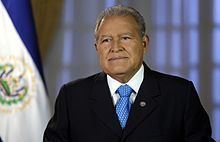
He was a member of the PRAM (Partido Revolucionario Abril y Mayo), a political party that was against the dictatorship and advocated anti-imperialism. Then he joined (UDN) Union Democratica Nacionalista and PAR (Partido Accion Renovadora). He was also a participant of the (UNO) Union Nacional Oppositora as member of the UDN. In essence his experience and the things he learned in San Salvador at Masferrer school from his peers he took back to his town and began to implement it. He was an active member of the ANDES 21 de Junio, a teachers union that practiced and believed in the ideas of Paulo Freire and his analysis on pedagogy. In the 1970s he joined the Fuerzas Populares de Liberación "Farabundo Martí" (FPL), one of the five left-wing organizations, all of differing Marxist–Leninist tendencies, that later merged to form the Frente Farabundo Martí para la Liberación Nacional (FMLN).
Commander Leonel González
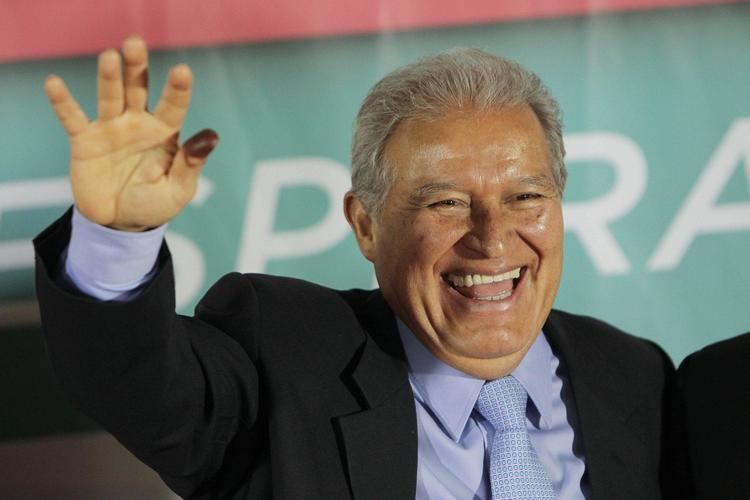
With the start of the Salvadoran Civil War in 1980, Sánchez Cerén adopted the pseudonym Commander Leonel González, as he was also appointed to the position of "comandante" or commander.
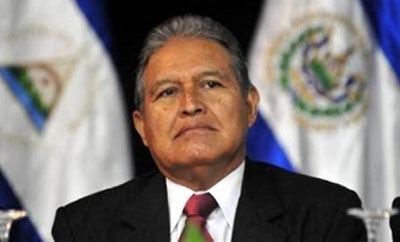
In 1984 Sánchez Cerén became a Commanding General of the FMLN, until the signing of the Chapultepec Peace Accords in 1992, when the guerrillas surrendered their weapons and became a legal political party. Under the leadership of Sánchez Cerén, the FMLN conducted itself in the following manner, according to US Ambassador Charles Glazer in a classified diplomatic cable:
The FMLN leadership described its ideology during the war in a document called "Fundamental Programs for the Salvadoran Revolution," a guerrilla manifesto captured from FMLN Commander Nidia Diaz (who would join Sánchez Cerén as an FMLN politician in the Salvadoran legislature) in April 1985. The FMLN's "fundamental programs" included the following points in 1991:
In 2000, Sánchez Cerén was elected as a deputy for the FMLN in the Legislative Assembly and was re-elected in 2003 and 2006. Between 2001 and 2004 he served as the general coordinator of his party. In 2006, following the death of Salvadoran Communist Party leader and FMLN Commander Schafik Handal, he succeeded Handal as head of the legislative portion of the FMLN. In April 2007 he was chosen as the running mate of Mauricio Funes in the 2009 presidential election. Funes and Sánchez Cerén defeated the Nationalist Republican Alliance (ARENA).
Elected office
Salvador Sánchez Cerén was sworn in as vice-president. El Salvador held presidential elections. Sánchez Cerén was the FMLN's presidential candidate, and gained support. According to Salvadoran law, a candidate must obtain 50% + 1 vote in order to win presidential elections. Sánchez Cerén attained the leading votes in the elections on 2 February but not the majority enough to win, so he and Norman Quijano competed in the second round. Sánchez Cerén received 50.11% of the vote, compared with 49.89% for Quijano.
